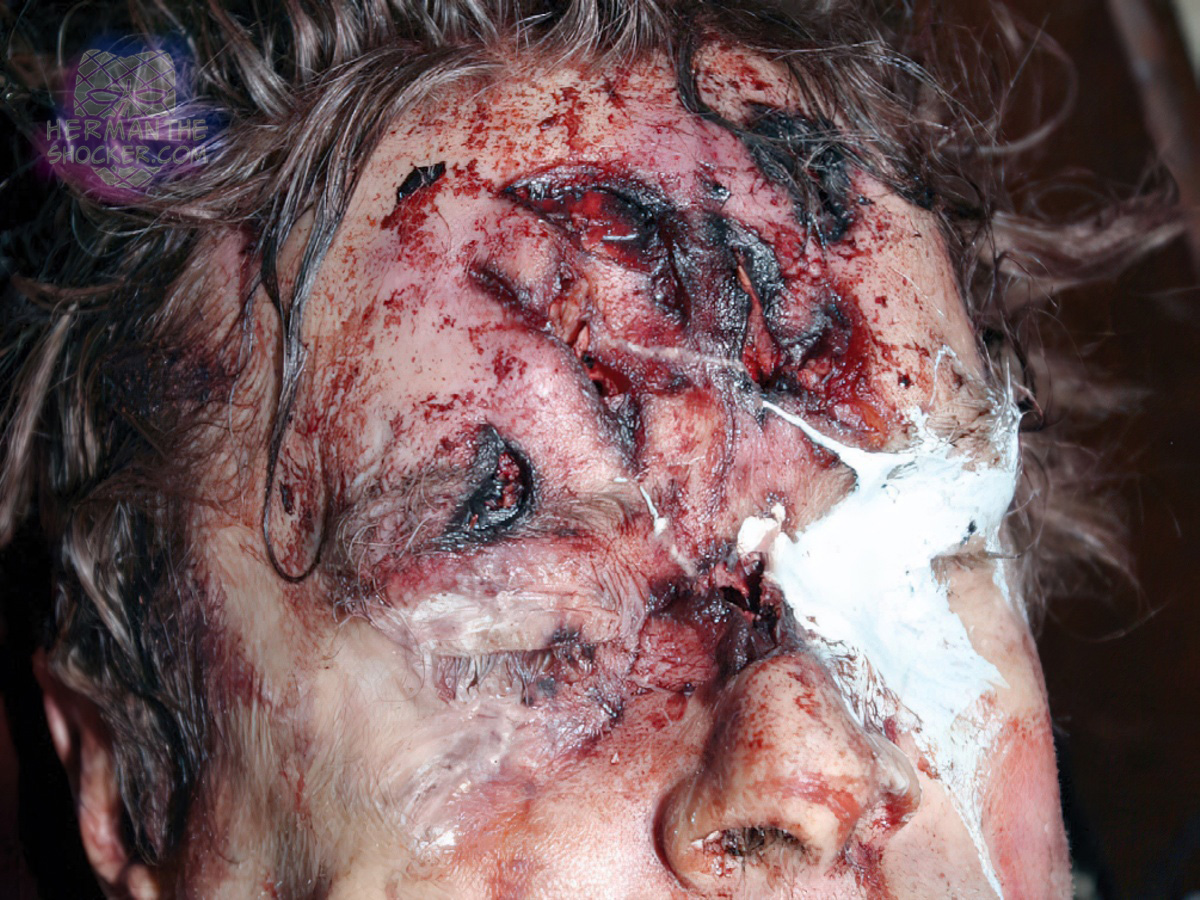Multiple homicidal lacerations of the forehead. The perpetrator finalized his act by squeezing toothpaste on the left eye. Homicidal lacerations are blunt-force injuries causing skin tearing, often irregular and associated with tissue bridging. Found on the head, neck, or limbs, they result from heavy objects like hammers or axes. Unlike incised wounds, their edges are ragged. Defensive wounds on hands or forearms indicate victim resistance. Blood spatter patterns and wound morphology help reconstruct events. Location and force suggest intent, while multiple or deep wounds may signal overkill. Differentiating from accidental or self-inflicted lacerations requires examining wound direction, force consistency, and surrounding evidence, aiding in determining the assailant’s actions and weapon used.
Latest posts








